Smart Export Guarantee: How much can you earn?
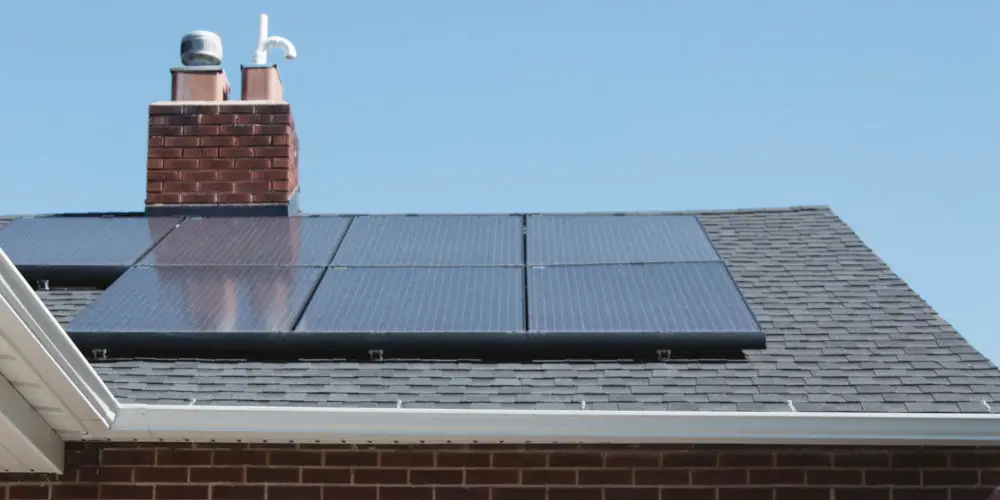
Earning money with your solar panels is now possible again, thanks to the Smart Export Guarantee. Launched on 1st January 2020, it replaces the Feed-in Tariff, which ended in March 2019.
The scheme obliges large UK energy supplies to pay households for the renewable energy they export to the National Grid. Some energy providers are offering up to 5.5p/kWh of exported electricity. If you have a 4kWp solar panel system, then you could make around £340 per year.
We’ll explain how the Smart Export Guarantee (SEG) works, help you understand if you’re eligible, and discuss how the scheme differs from the Feed-in Tariffs (FIT). Plus, we’ll also help you calculate your potential earnings.
What is the Smart Export Guarantee?
Since announcing the end of the Feed-in Tariff, which ended on the 31st March 2019, the government introduced the SEG, which replaces the scheme. By introducing the SEG, the government aims to generate more green energy and reach their carbon neutral target.
Starting from 1st January 2020, the scheme mandates all energy companies with at least 150,000 customers to pay households for any solar-generated electricity they export to the National Grid.
The scheme also applies to other forms of ‘small-scale, low carbon energy’ such as wind and hydro.
As suppliers are free to set their tariffs, the homeowner can select the highest paying scheme or only sell to a 100% renewal green energy provider. The government only demands that the rate is more than zero pence per kWh but otherwise sets no minimal or default amount.
How does the SEG compare to the FiT?
Many were relieved when the Smart Export Guarantee scheme was announced as it seemed like the natural follow on from the now-defunct Feed-in Tariff. However, while similar, the two schemes work differently.
Under the Feed-in Tariff scheme, the government was responsible for administering the scheme, including paying homeowners who exported energy to the grid. The SEG move this burden to energy suppliers, who administer the scheme and control how and when people are paid.
Homeowners with solar panels on the FiT scheme used to receive two payments. The first was a generation tariff, based on the total amount of renewable electricity they generated. An export tariff made up the second payment and was paid for the renewable electricity exported back to the grid.
The SEG combines these into a single payment. Unlike the FiT scheme, where the government set the rate, suppliers can now pay homeowners what they feel is a competitive amount per kWh, just as long as it’s more than zero.
Before it shut, the export tariff paid by the FiT scheme was 5.24 pence per kilowatt-hour (p/kWh) of renewable electricity exported to the grid. Under the Smart Export Guarantee, the rates range from 1.5 p/kWh to 5.6 p/kWh, which is great news.
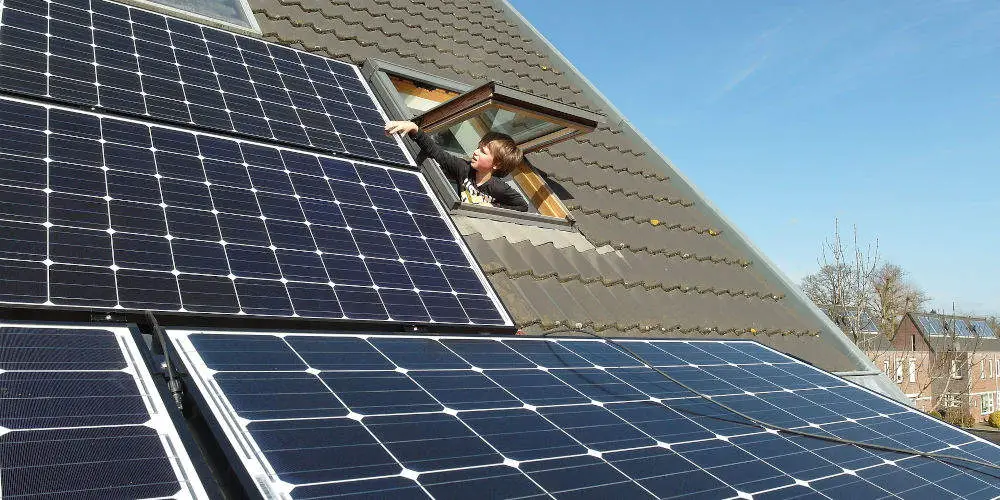
I already receive FiT payments, will they stop?
As long as you were already receiving FiT payments before the scheme closed, they will continue until your contract expires. Typically this means you’re guaranteed payments for up to 20 years after installing solar panels. So nothing changes for you.
If you’ve installed solar panels after the 31st March 2019, then you’re automatically part of the SEG scheme and can sell excess energy to the National Grid.
How does the SEG payment work?
Suppliers can pay you in either one of two ways: fixed or flexible.
With a fixed-rate SEG, you’re paid a set amount of money per kWh of renewable electricity you export to the grid, regardless of the time of day.
Whereas a flexible rate SEG pays a different amount per kWh of renewable electricity depending on the time of day. The rate could be slightly higher in the evening as demand peaks, compared with a lower amount during the day.
The government’s long term goal is to remove fixed-rate tariffs and allow energy suppliers to use flexible rate tariffs, which rise and fall every half hour based on wholesale electricity market prices. Doing so would create more competition within the SEG market, benefiting the homeowner.
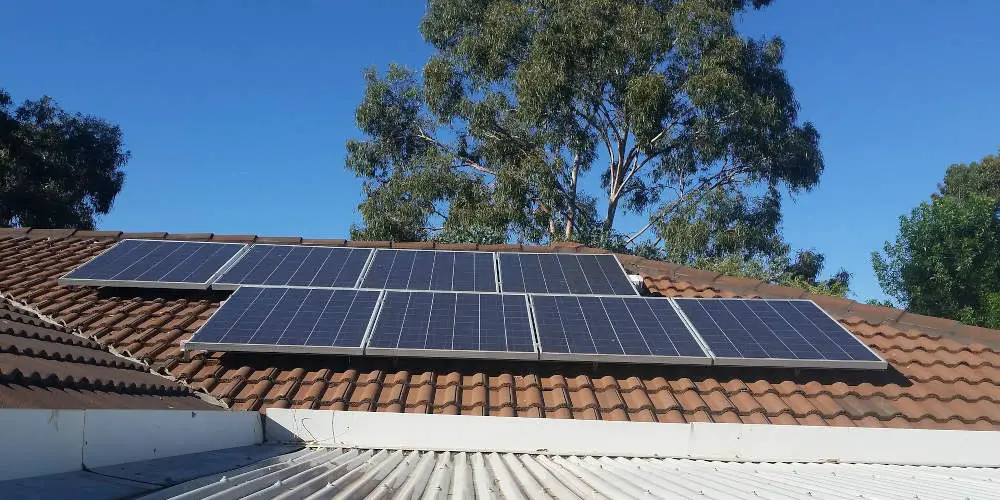
What are the eligibility criteria?
The barriers of SEG eligibility are, thankfully, low. Your solar panels must meet these key requirements:
- Located in the UK
- Generating renewable energy at home via solar PV, wind, hydro, micro combined heat and power (CHP), or anaerobic digestion (AD) – with a maximum capacity of 5 megawatts (MW)
- MCS-certified installation
You don’t currently need a smart meter. However, having one is important if you want to be paid accurately for the energy you’re exporting. It’s likely, in the near future, that having a smart meter will be a requirement, so it’s worth having one installed.
Should I install a smart meter?
There’s no current requirement for you to install a smart meter. However, having one ensures you’ll receive accurate SEG payments. Under the old FiT scheme, the government calculated the amount paid out using a flawed assumption.
Rather than measuring the exact amount of electricity a household exported to the grid, they assumed that everyone exported about 50% of all electricity generated. Using this flawed logic, some homeowners did very well as they were overpaid, while others weren’t paid properly.
One of the aims of the SEG was to rebalance how payments are calculated to ensure fairness, hence the shift from government to energy suppliers. The burden of supplying accurate information now rests with the homeowner, which is why having a smart meter installed makes sense.
A smart meter records your electricity exports every half-hour and sends this data directly to the energy supplier, enabling them to pay you accurately. You might be entitled to a free smart meter under the government’s national roll-out scheme.
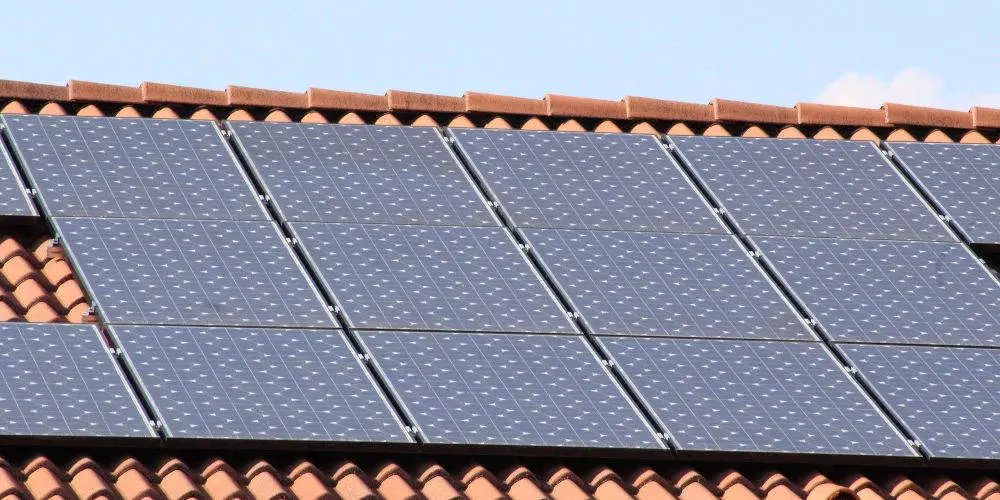
How much could I earn under the scheme?
Depending on your usage, system age and capacity, you could earn up to £400 per year.
The Energy Saving Trust estimates that a household with a 4kWp solar panel system could make £338 per year based on a grid electricity price of 14.33p/kWh and SEG rate of 5.5p/kWh.
They assume that the 4kWp system generates 3,410kWh of electricity per year and exports 50% back to the grid. So the £338 amount includes £244 of energy bill savings and £94 of export earnings.
Do I have to sell any energy generated to my current supplier?
By law, you’re free to sell any electricity you generate to any company with a Smart Export Guarantee license. So you could sell your excess electricity to British Gas and buy energy from OVO, for example.
That said, you might find dealing with a single energy supplier entitles you to a more favourable rate or a better overall deal. As with other household bills, it’s worth doing your research and trying to negotiate hard.
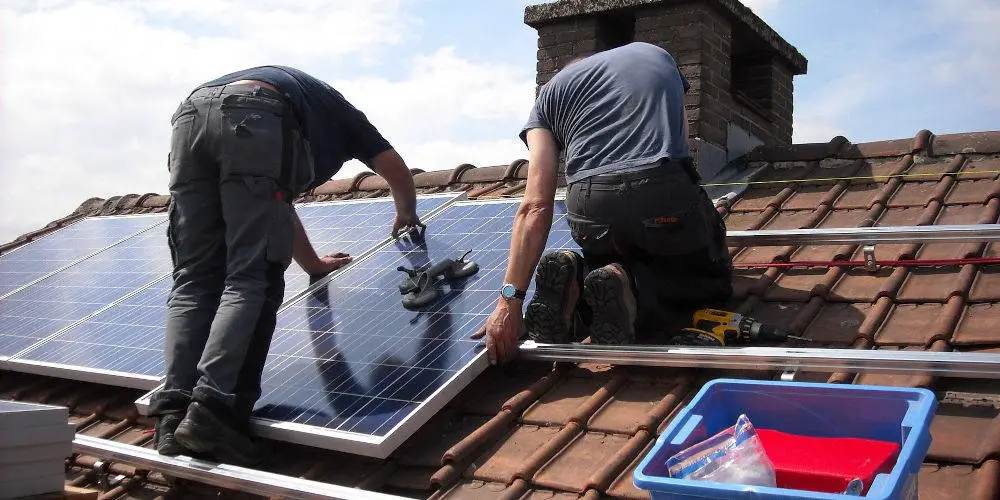
Does the SEG work with solar batteries?
Many solar systems include battery storage, allowing you to save excess energy for later use. So, you might wonder if you can use your solar battery with the SEG. Sadly, the picture is complex.
Certain energy companies, including Bulb, Octopus, and British Gas, accept solar energy exported from a battery. However, some suppliers such as Social Energy that insist you use one of their own batteries.
Confusing the issues somewhat, several energy companies don’t clarify online whether they accept exported electricity from a solar battery or not. So, if you’re unsure, your best bet is to contact the company directly.
Recapping how the Smart Export Guarantee works
As there is a lot to take in about the Smart Export Guarantee scheme, here is a quick summary:
- It launched on 1st January 2020 and replaced the Feed-in Tariff scheme.
- All large UK-based energy suppliers must pay households for every kWh of renewable electricity they export back to the grid.
- Suppliers determine their rates, which has to be greater than zero.
- Most SEG tariffs are currently fixed. However, most suppliers will eventually switch to flexible tariffs.
- You don’t need a smart meter, but having one does ensure you are paid accurately and fairly.
- Certain providers allow you to export energy stored on Solar batteries, but it’s best to check before you switch.




